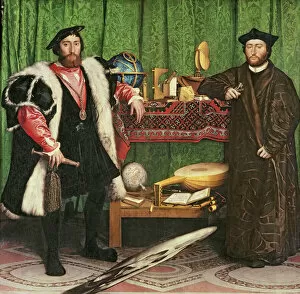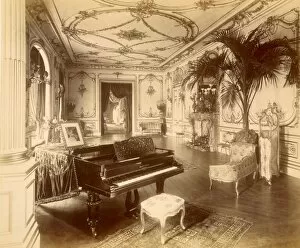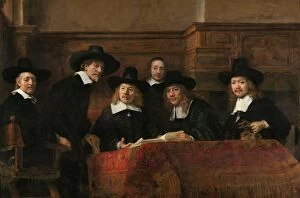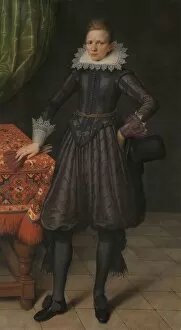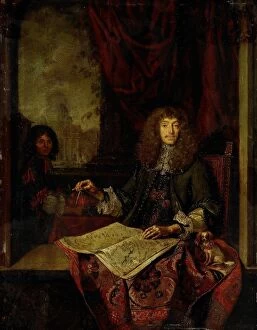Persian Rug Collection
"Unveiling the Timeless Beauty
For sale as Licensed Images
Choose your image, Select your licence and Download the media
"Unveiling the Timeless Beauty: Persian Rugs in Art" Step into a world of exquisite craftsmanship and cultural heritage as we explore the captivating presence of Persian rugs in renowned artworks throughout history. From masterpieces like "The Ambassadors, 1533" to "The Letter, 1660, " these paintings not only depict scenes from various eras but also showcase the timeless allure of these intricately woven carpets. In "The Ambassadors, " Hans Holbein the Younger's iconic oil painting, amidst an array of luxurious objects, lies a stunning Persian rug that adds depth and richness to the composition. Its vibrant colors and intricate patterns serve as a testament to its status as a symbol of opulence during that era. Moving forward through time, Henry Bedford Lemere's masterpiece "The Ballroom at 17 Grosvenor Place, London" transports us to late nineteenth-century England. Amidst grandeur and elegance, we catch glimpses of meticulously placed Persian rugs adorning this lavish ballroom – their presence adding warmth and sophistication to the space. As we delve deeper into art history, we encounter portraits such as Peter Courten's depiction by Paul de Hooghe or Carel Quina's portrayal as Knights. These noble figures are depicted standing proudly upon magnificent Persian rugs - emphasizing their social status and refined taste. Furthermore, in Amsterdam Drapers Guild Syndics' painting titled "Sampling Officials, " attention is drawn towards an exquisitely designed Persian rug beneath their feet. This inclusion highlights both its practical use for comfort while conducting business affairs and its symbolic significance representing wealth and power. Finally, let us not forget Jean-Baptiste-Simeon Chardin's masterpiece "The Backgammon Players. " In this intimate scene set within a domestic setting, two men engage in a game while seated on an elegant carpeted floor adorned with yet another mesmerizing Persian rug – subtly enhancing the ambiance with its intricate motifs.

